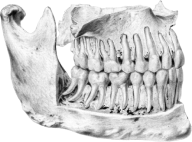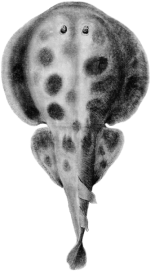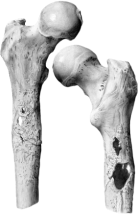
Surgery and Anatomy – From Ancient Times to the 1700s
Surgery has been practiced throughout the world for thousands of years. This area charts how surgical treatments and anatomical knowledge have developed over centuries.
This space displays the Evelyn Tables, made from real human tissue. Anatomists carefully dissected blood vessels and nerves from bodies and pasted the tissue onto wooden boards. Dating from the 1640s, they are the oldest surviving anatomical preparations of their kind.
This space displays the Evelyn Tables, made from real human tissue. Anatomists carefully dissected blood vessels and nerves from bodies and pasted the tissue onto wooden boards. Dating from the 1640s, they are the oldest surviving anatomical preparations of their kind.

Female and male human anatomical figures, 1600s

Evelyn Tables, 1640s



